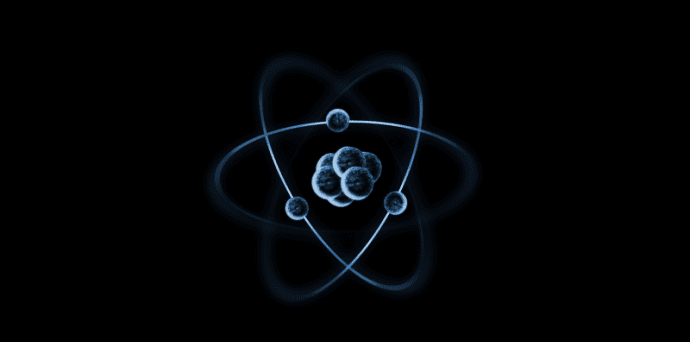Physicists Have Discovered A Possible New Tetraquark Particle
Thanks to Physicists at Lancaster University who have revealed the latest addition to the family to be an exotic subatomic tetraquark particle, which the scientists can add as another elementary particle to their books.
The discovery was made by scientists – including Lancaster’s Professor Iain Bertram – involved in the DZero international collaboration at Fermilab, the US Government’s laboratory specialising in high-energy particle physics.
Professor Bertram said: “It is exciting to discover a new and unusual particle that will help us understand the strong interaction- one of the four known fundamental interactions in physics.”
DZero is one of the two experiments being carried out at Fermilab’s Tevatron collider. Even though the Tevatron was retired in 2011, scientists continue to study billions of data that was recorded from the collider’s collisions.
Quarks are point-like elementary particles that typically come in packages of two or three, the most familiar of which are the proton and neutron – each is made of three quarks.
There are six types — or flavors — of quark to choose from: up, down, strange, charm, bottom and top. Each of these also has an antimatter counterpart.
The new tetraquark discovery started with hints of its existence back in July 2015 – the particle was named X(5568) due to its mass of 5568 megaelectronvolts, which contains four distinct flavors – bottom, strange, up and down. Professor Bertram worked on the analysis, developing the model used to simulate the X(5568).
“The discovery of a unique member of the tetraquark family with four different quark flavors will help theorists develop models that will allow for a deeper understanding of these particles,” said Fermilab Director Nigel Lockyer.
The scientists said that the detailed internal structure of X(5568) is not yet understood.
“The next question will be to understand how the four quarks are put together,” said DZero co-spokesperson Paul Grannis.
“They could be a relatively tightly bound combination of all four quarks and antiquarks, or they could be structures in which two tightly bound quark-antiquark states revolve around each other.”
The discovery will be published in the journal Physical Review Letters; however, the findings are available on arXiv.org.

